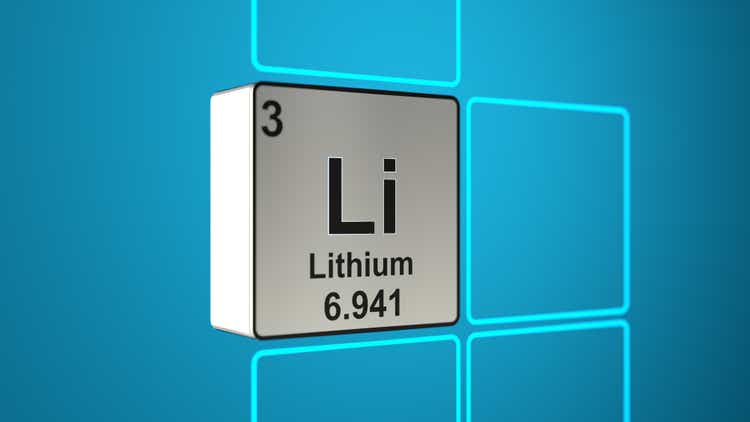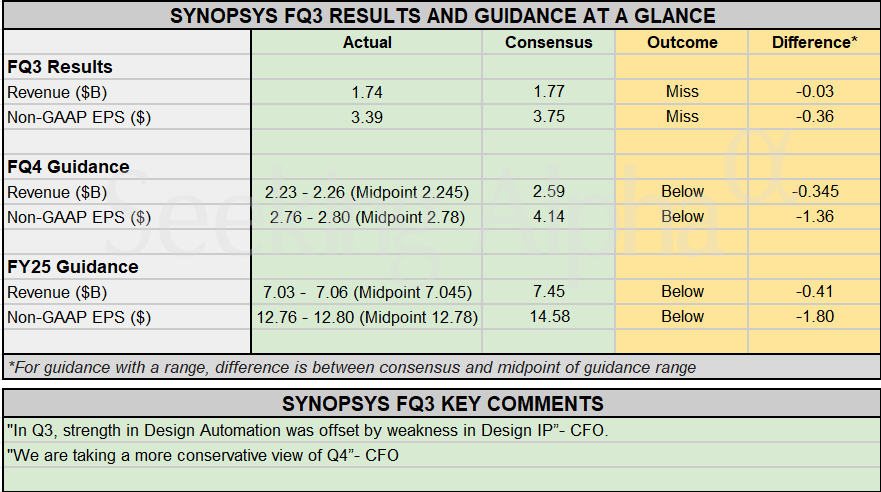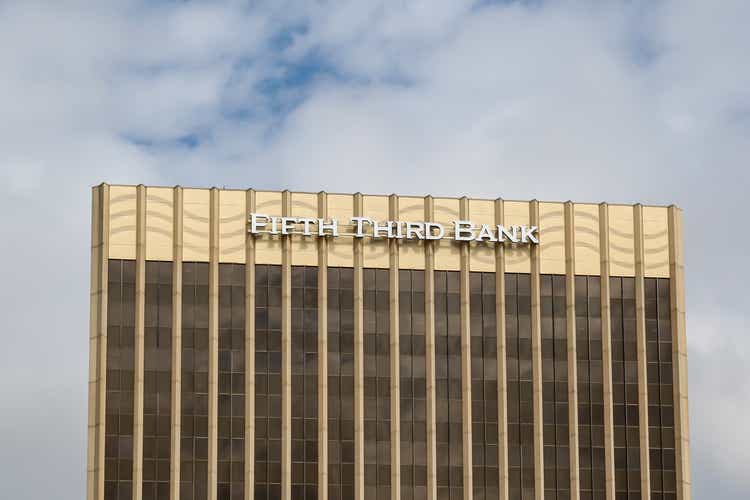Apple just announced the iPhone Air at its “Awe Dropping” event. At just 5.6 millimeters thick, the iPhone Air is officially Apple’s thinnest iPhone ever, even slimmer than the company’s ultra-thin M4 iPad Pro. It has 3 times the scratch resistance as the previous glass Apple would use for iPhones, and is made out of recycled titanium. It comes in black, white, gold, and blue. The inside was precision-milled to make room for all of the necessary chips and sensors.
The iPhone Air is powered by the A19 Pro chip, which Apple says is the fastest CPU in any smartphone. It’s also highly energy efficient compared to the A19 chip that powers the iPhone 17. A new 5-core GPU most notably helps power AI thanks to neural accelerators into each GPU core. Apple calls it MacBook Pro levels of compute, in an iPhone, which it says is perfect for AI workflows.
The iPhone Air also gets a new chip called N1, an Apple-designed chip that works for WiFi 7, Bluetooth 6, and Thread, which helps improve Personal Hotspot and AirDrop features. It also has a C1X chip, a much faster modem than the previous C1 chip.
The ultra-thin profile of the iPhone Air requires significant engineering concessions. Most notably, the device features a single 48-megapixel “Fusion” camera system, which includes both a main camera and telephoto lens all housed in a horizontal camera bar across the top of the device—a departure from Apple’s traditional corner-mounted camera systems. The design eliminates both telephoto and ultrawide cameras, focusing solely on the Fusion camera. Apple says the Fusion camera excels in low light. On the front, Apple gives the iPhone Air the new Center Stage camera that’s going on the iPhone 17, so you can take photos in any orientation without needing to physically rotate your phone. And now, you can film videos using both the front and rear cameras at the same time so you can film your reaction to watching a sporting event, for example.
The iPhone Air features eSIM, so you no longer need to port a physical SIM card—but really, this is about Apple making the most use of the space of the phone, as the company said during its event. eSIM coverage is available globally—and iPhone Air is eSIM only.
In terms of battery, you can expect to get “all-day life,” according to Apple, thanks to battery-saving features in iOS 26. There’s also a new low-profile MagSafe battery that attaches to the back of the iPhone magnetically; with that battery, Apple says you can get 40 hours of battery life.
Apple designed two custom cases for the iPhone Air: one case that’s 1mm thin, and one made of a soft polycarbonate. There’s also a magnetic strap that can hold onto your phone so you can wear it like a bag.
The iPhone Air also sports a 6.6-inch OLED display with 120Hz ProMotion technology, bringing premium display features previously reserved for Pro models to a broader audience for the first time. Apple has integrated its new A19 chip and 12GB of RAM, ensuring the Air delivers flagship-level performance despite its constrained form factor.
The iPhone Air represents Apple’s response to increasing competition in ultra-thin premium devices, particularly from Samsung’s Galaxy S25 Edge. By creating an entirely new product category within its lineup, Apple aims to capture consumers prioritizing aesthetics and portability over maximum functionality.
The iPhone 17 Air will be available for pre-order Friday, September 12, with general availability beginning Friday, September 19. The device launches alongside the iPhone 17, iPhone 17 Pro, and iPhone 17 Pro Max, marking Apple’s most diverse iPhone lineup to date.
This story was originally featured on Fortune.com

 5 hours ago
1
5 hours ago
1











 English (US) ·
English (US) ·